
Category Justice, Equity & Society
Increasingly, democratic states and institutions are facing a combination of external and internal challenges. These challenges, impacts, and intersections are taken up by our faculty.


Child care after the coronavirus pandemic should be more inclusive of children with disabilities

Zoom-bombings disrupt online events with racist and misogynist attacks
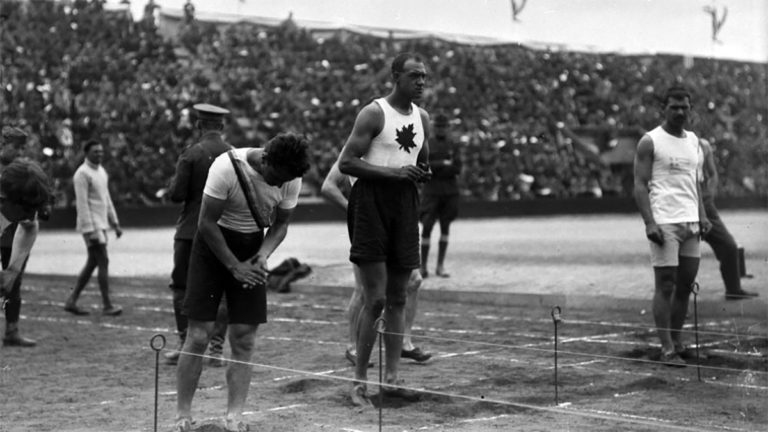
Black History Month: These trailblazing Black athletes transformed Canadian sports
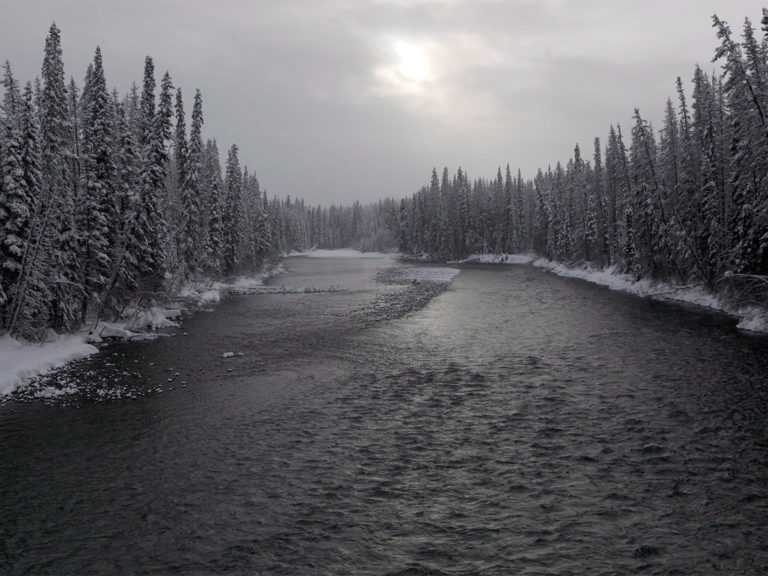
Wet’suwet’en: Why are Indigenous rights being defined by an energy corporation?
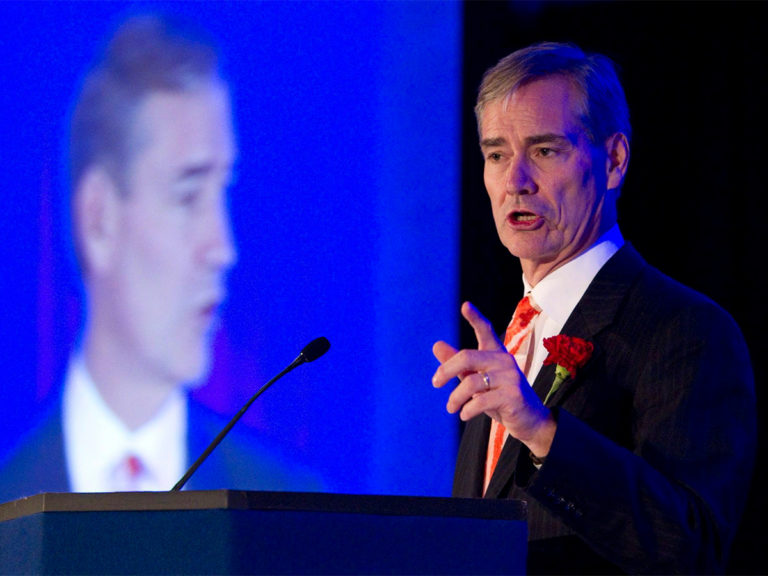
In defence of Michael McCain: Speaking out is what strong leaders do
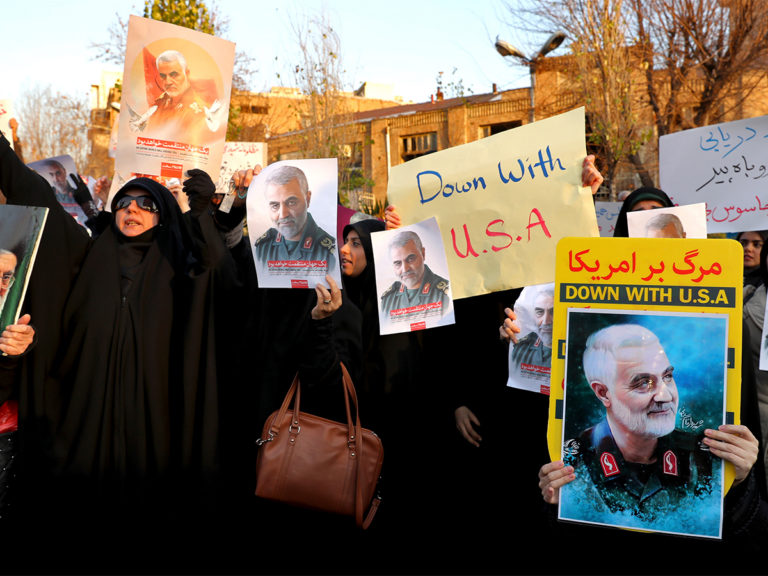
The long history and current consequences of the Iranian-American conflict

Women in engineering: Barriers remain 30 years after École Polytechnique shooting
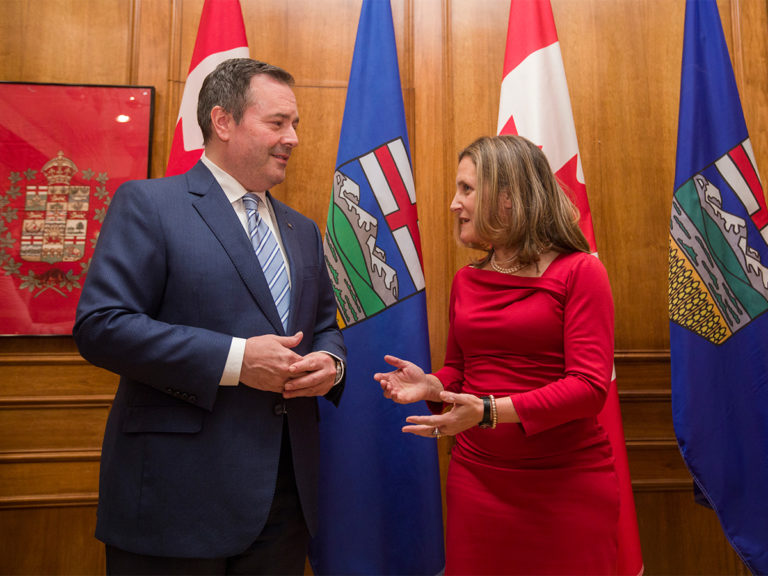
Chrystia Freeland will have to navigate misogyny in her new roles
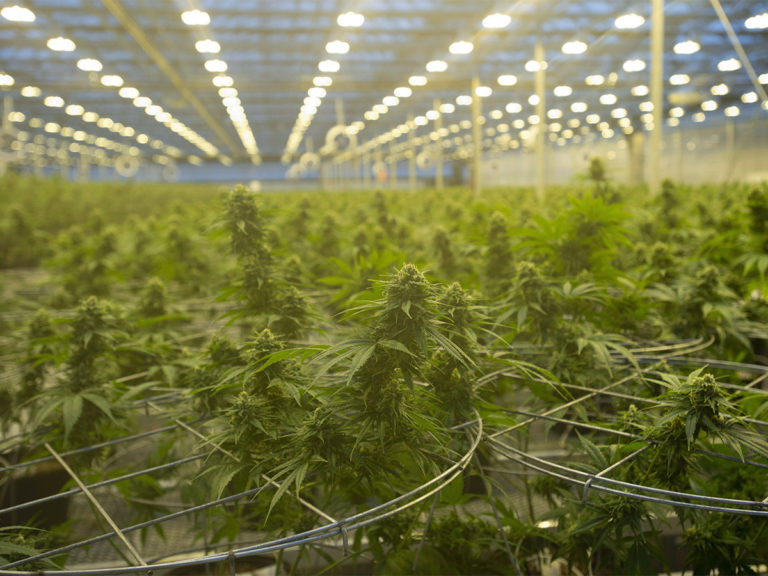
Québec is wrong to raise its legal cannabis age to 21
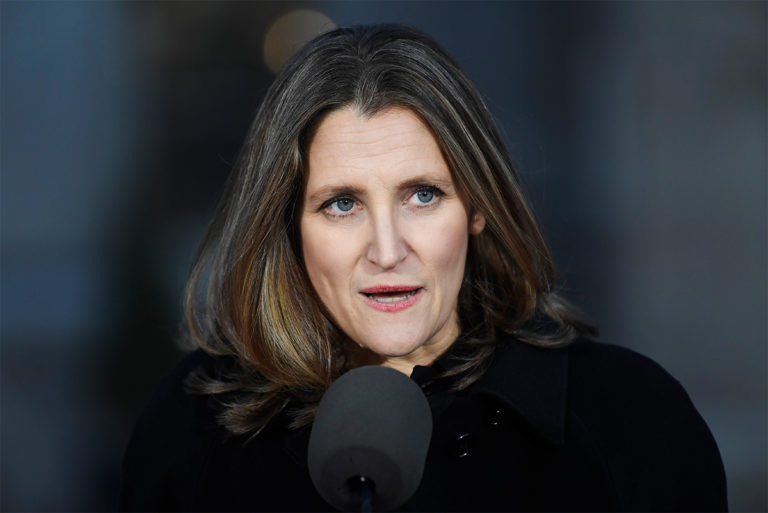
Chrystia Freeland: Promoted or doomed to failure?

